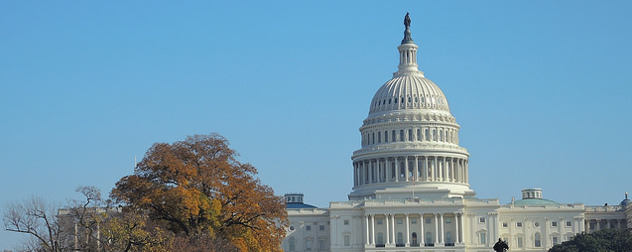Although foreshocks had been rumbling for months prior, the financial earthquake of 2008 struck in earnest 10 years ago this week, with the near-collapse and eventual demise of Wall Street trading house Bear Stearns.
Many lessons were learned from the financial crisis that followed, and many reforms have been put in place since then. It is unfortunate that so many of the lessons learned were wrong, and that so many of the reforms may turn out to do more harm than good.
Policymakers concluded that there should be no more rescues of failing firms like Bear Stearns. But the rescue of Bear Stearns did not precipitate the crisis that ensued; it was the failure to rescue Lehman Brothers six months later, and the resulting global panic, that nearly caused the financial system to come unglued. The regulations that have been put in place under the banner of “no more bailouts” should, instead, have been drawn to ensure that there are no more Lehman Brothers.
The financial panic was a crisis of confidence. With housing prices falling and the value of securities that were tied to housing prices falling even further and faster, the solvency of financial institutions that had bet big on housing was called into question. It was certainly true that there were big losses that someone was going to need to take, because millions of Americans had bought homes that they never could afford and were destined not to keep. But the homes still existed; they had some value in 2008 and were always likely to eventually recover more value once conditions normalized. A few financial institutions might have truly been insolvent, but the productive capacity of the nation (like that of the world, as the panic spread globally) was never genuinely impaired. Government support bought time for markets and institutions to recover, as so many of them ultimately did, and for those that could not recover to be liquidated in an orderly way.
We have since enacted reforms to try to make such government support impossible in the future. It was a foolish and counterproductive response to a misinformed public’s fury at being forced to “pay” for a bailout that, ultimately, did not cost the government a nickel. By ProPublica’s recently updated tally, taxpayers shelled out $626 billion and have received, so far, $713 billion in return. This is not to mention all the human misery and lost economic output that would have resulted had the government allowed more institutions to collapse after Lehman Brothers. Having long since lost the dollars-and-cents argument, critics of the government’s financial-system rescue have been reduced to ideological dogma about how the bailout’s benefits were distributed and whether the financial sector was worthy of such support.
One safe bet is that, if a similar crisis should arise in our lifetimes, no financial institution will cooperate in absorbing a failing peer – not after the Obama administration mercilessly persecuted the rescuers for the sins of the entities that they rescued. Jamie Dimon, the CEO of JPMorgan Chase, has said that his firm would never buy a failing concern like Bear Stearns today. In a 2014 letter to shareholders, Dimon wrote, “No, we would not do something like Bear Stearns again—in fact, I don’t think our board would let me take the call.” In the same letter, he observed that roughly 70 percent of JPMorgan’s nearly $19 billion in legal costs related to the mortgage crisis stemmed from its acquisitions of Bear Stearns and similarly foundering Washington Mutual.
Ever mindful of the political optics, and careless of both law and justice, the Obama administration fined the surviving financial institutions time and again as a consequence of their acquiescence in the fiction that the government was not the ultimate buyer of failing firms’ dubious assets and thus, also, their liabilities. As Dimon put it, “These are expensive lessons I will not forget.” He is surely not the only Wall Street CEO who will remember.
There were constructive responses to the crisis too, in the form of better contingency planning, stricter capital requirements and more conservative risk-management policies in the financial sector. Those steps may forestall another similar crisis from happening, perhaps for decades. But eventually, something will severely shake confidence in the financial system once again. It may be only then that we rue the day we ordered the government to stay out of a crisis that only the government could manage.











March 21, 2018 - 4:31 pm
Excellent article Larry. The “saving Wall Street” mantra always rang false with me as it was Main Street that was really saved. The subsequent persecution of major banks for doing the Federal Government’s doing was a travesty and nothing more than a shakedown.
Perhaps in a future article you can investigate how the initiator of this debacle was HUD (run by Andrew Cuomo – future Democratic Presidential hopeful) during the Clinton Administration where banks were forced to make loans to unworthy borrowers in the name of “fairness”.
There are ultimately no free lunches.